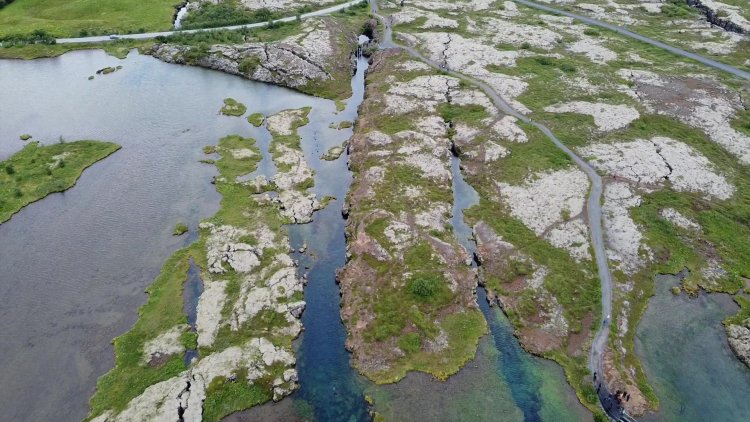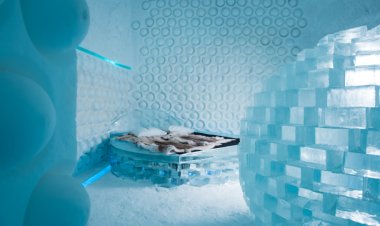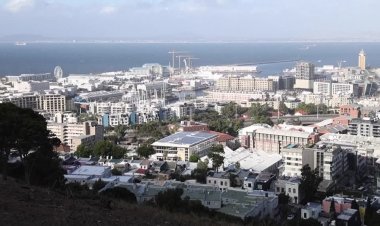'Incredible' icy dip between two continents in Iceland

In between North American and Eurasian tectonic plates, Iceland's Silfra fissure is one of the world's most famous dive sites, popular with tourists who venture into its icy waters.
Visibility underwater can exceed 100 metres and the spectacle of light and darkness is hypnotic.
"When we entered the water, it was...," says Icelandic tourist Brynjolfur Bragason before pausing.
"Incredible," adds his wife Hildur Orradottir.
In the heart of Thingvellir National Park, on the edge of one of Iceland's largest lakes, corridors of submerged rocks form deep cavities in between the two continents, which move away from each other by about two centimetres every year.
The orange reflections are mixed with various shades of blue in the more than 60-metre-deep rift, located in the southwestern part of the Atlantic island.
The beige sand and the phosphorescent green of the algae add to the colours.
"It looks like hair," says Camille Lund, a French-American tourist.
The fissure and the entire surrounding valley lie on the Mid-Atlantic Ridge, which runs through the island, making it one of the most active volcanic areas on Earth.
Silfra was formed by an earthquake more than two centuries ago as a result of a tectonic drift, and the clear waters come from the nearby Langjokull glacier, the second largest ice cap in the country.
Water travels for several decades through a tunnel of underground aquifers around 50 kilometres long.















